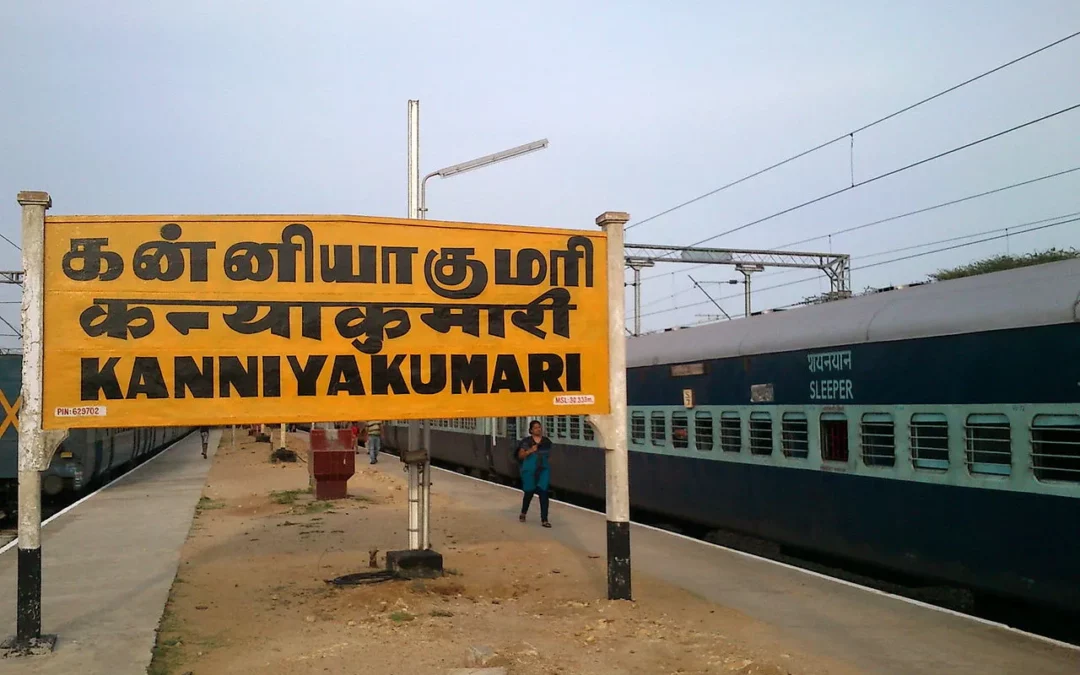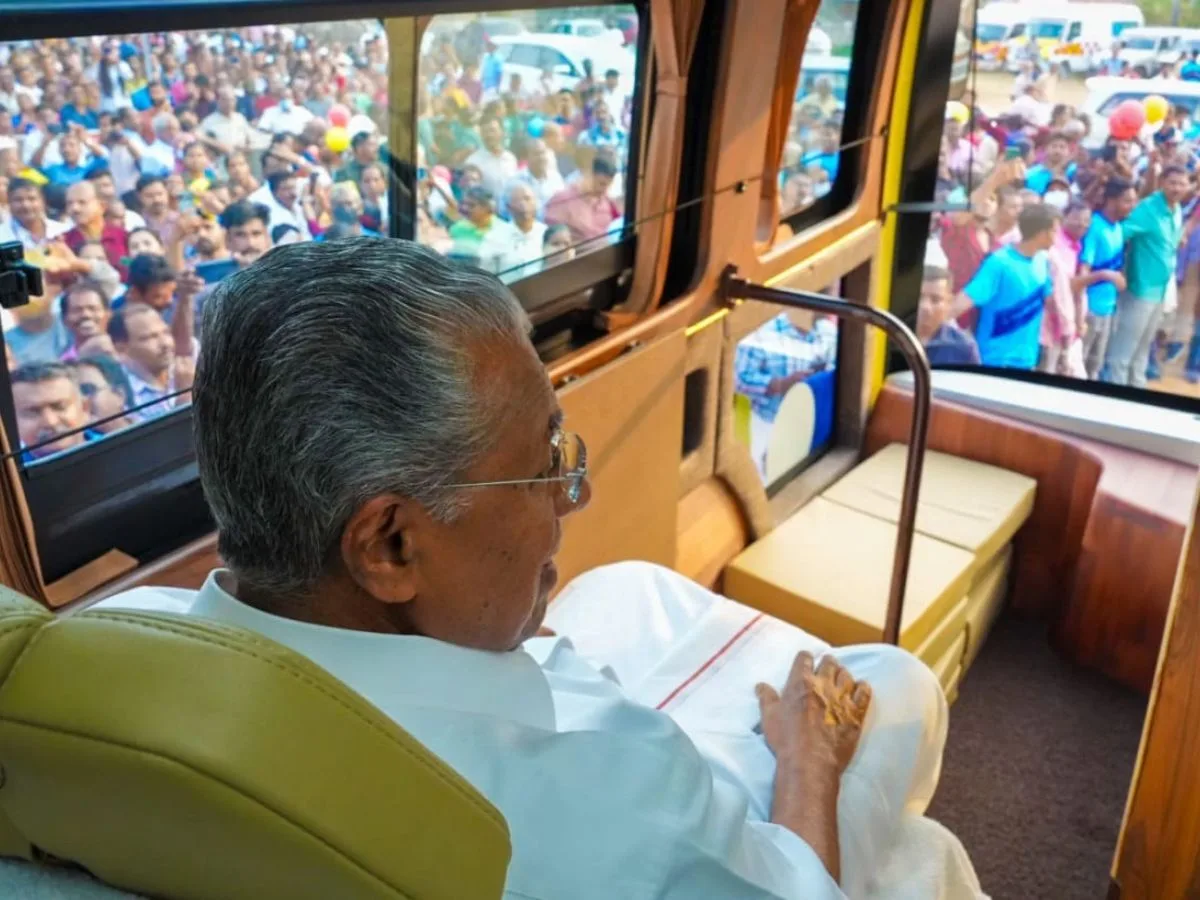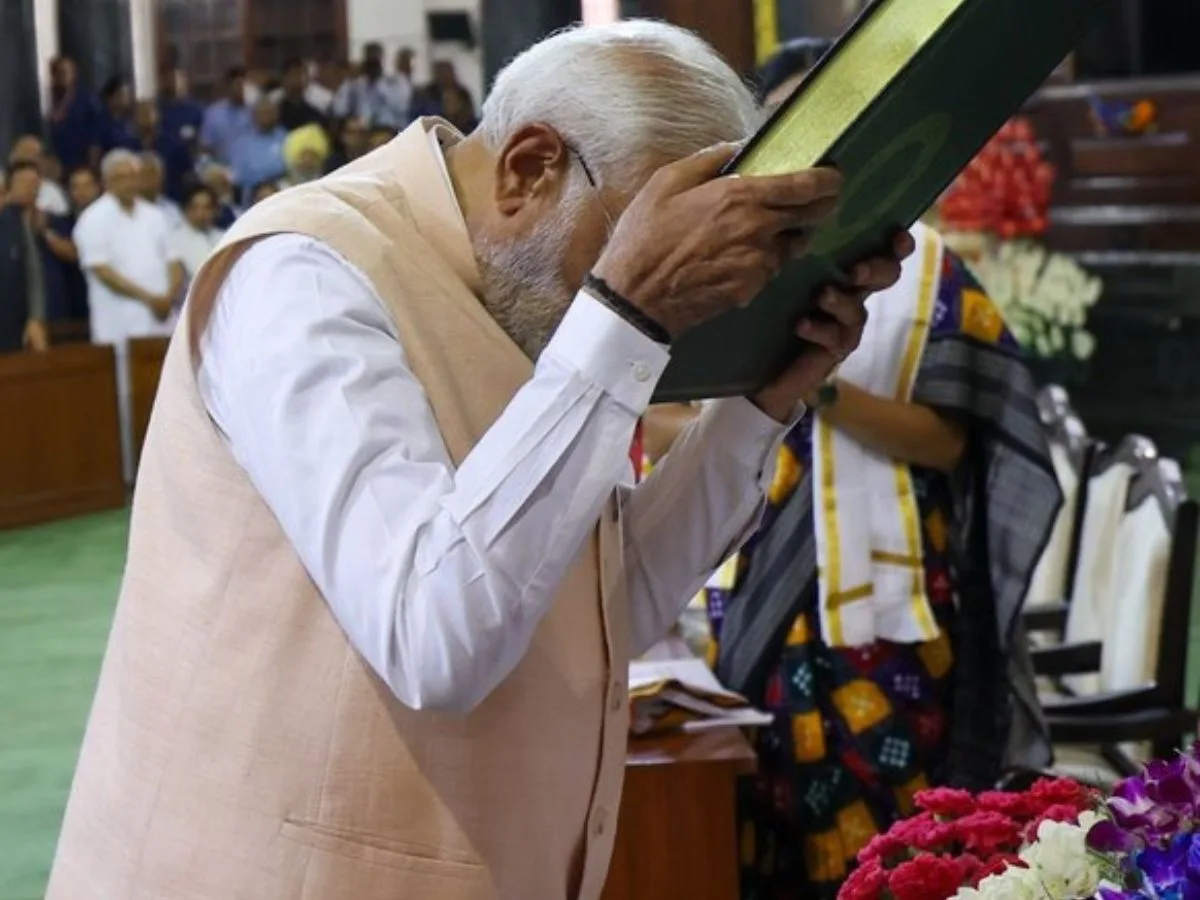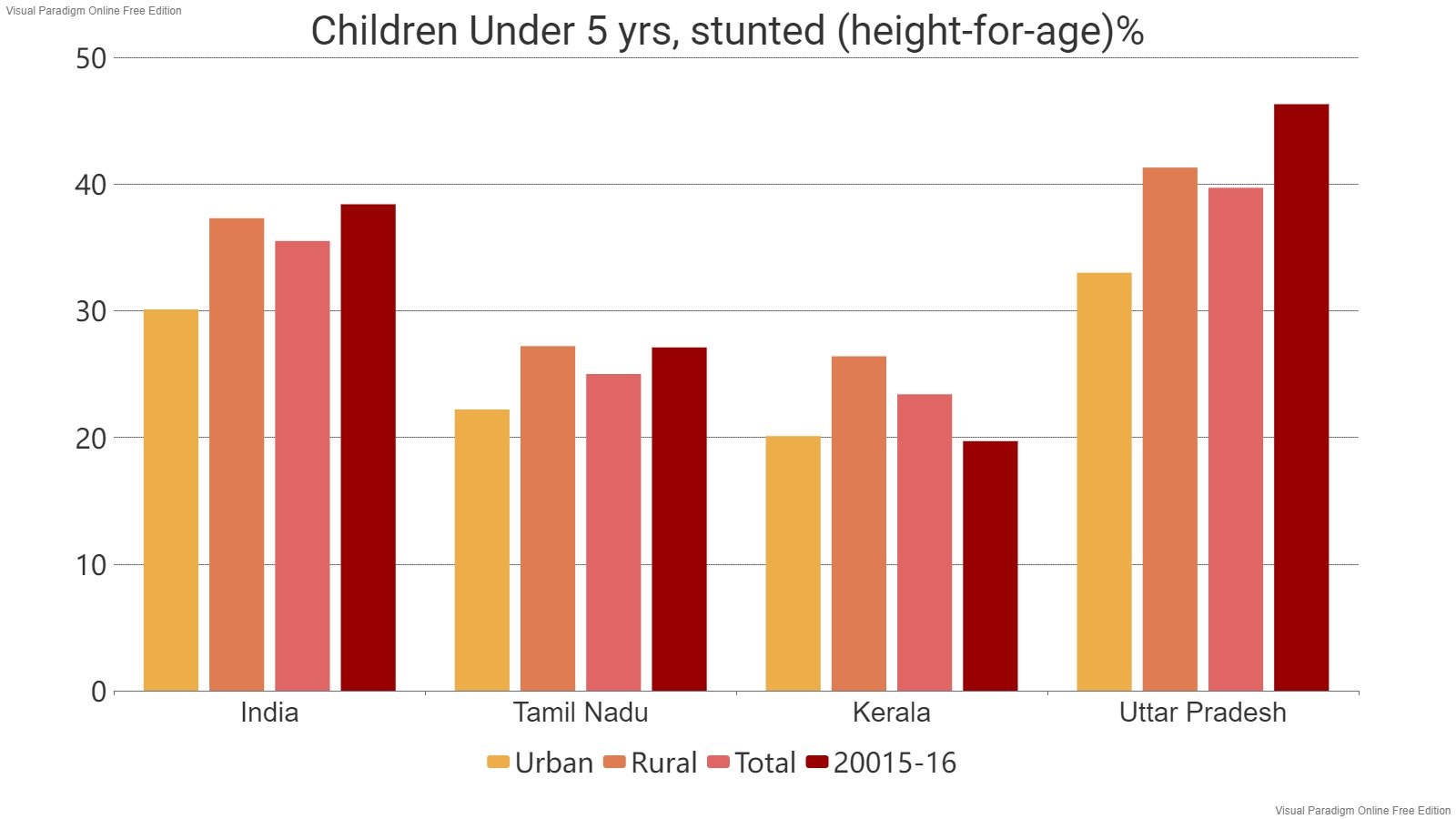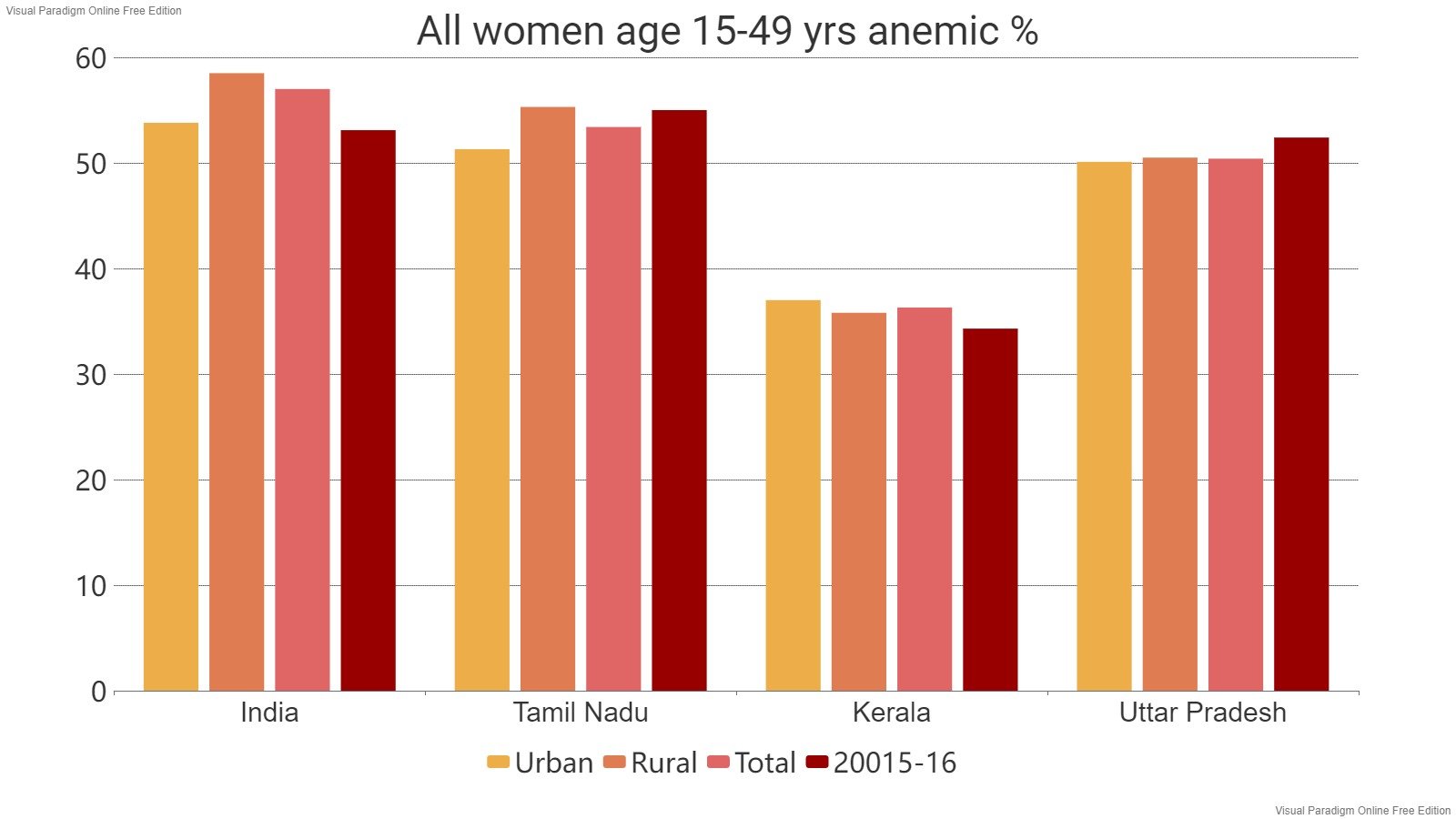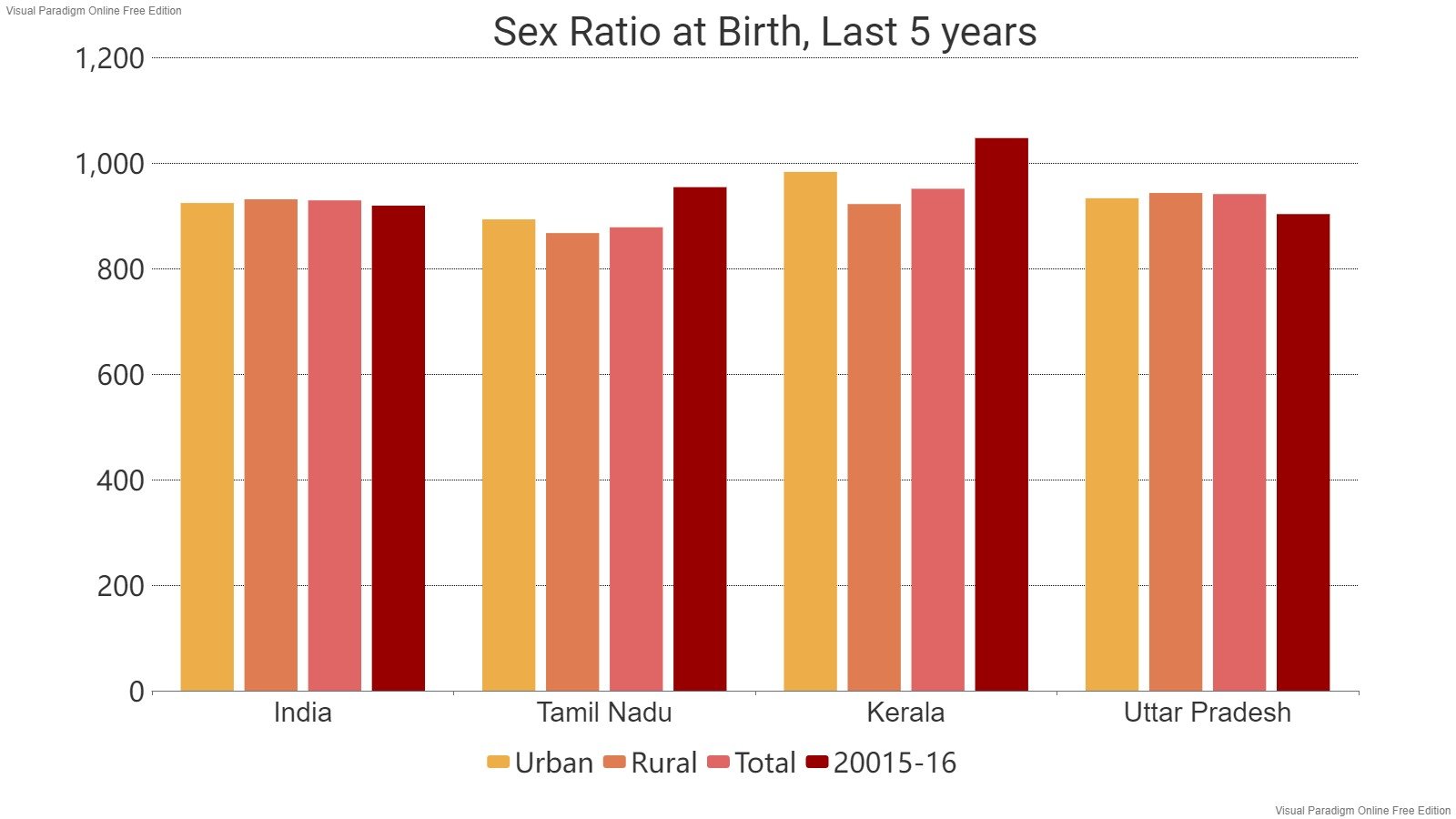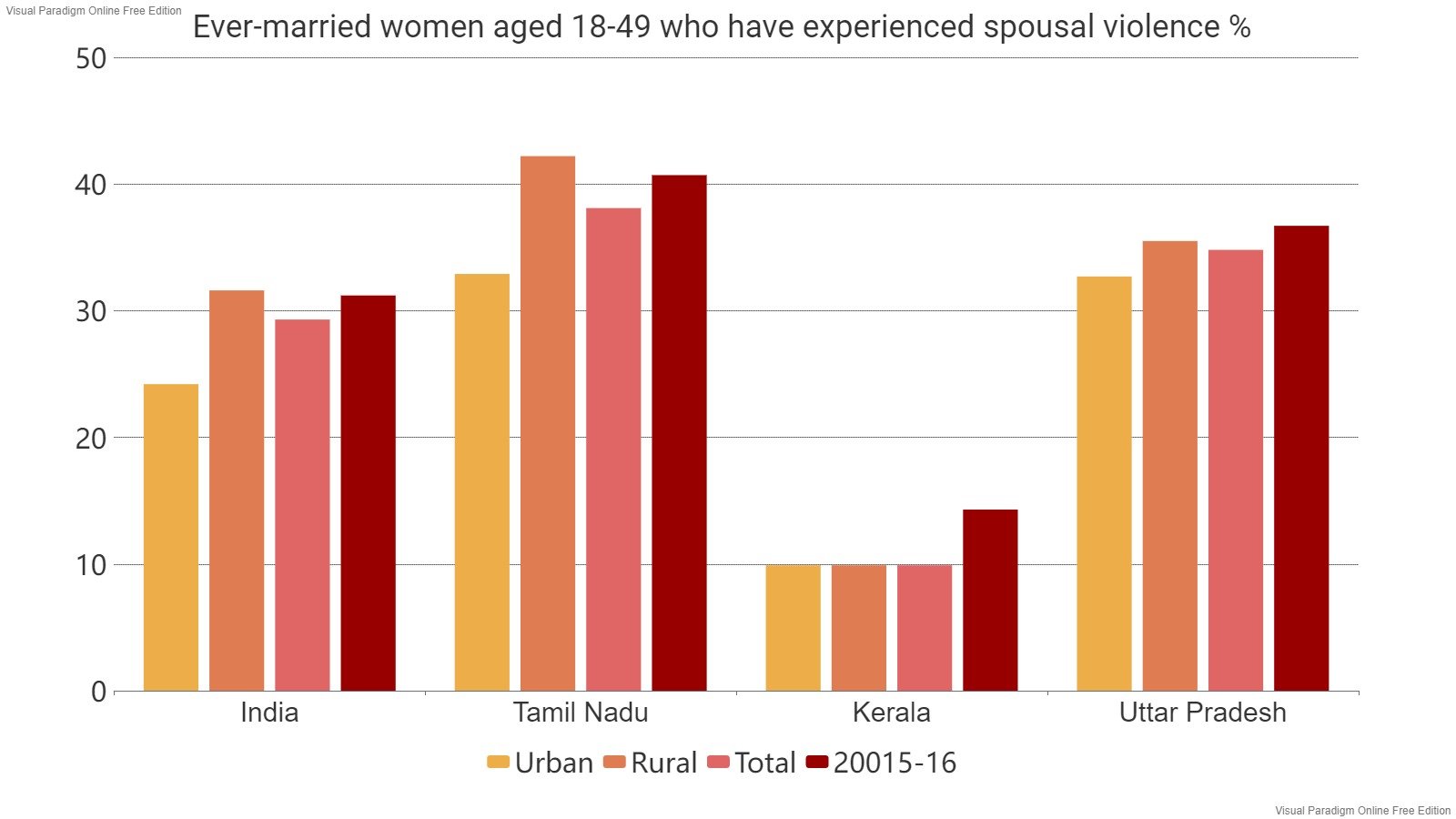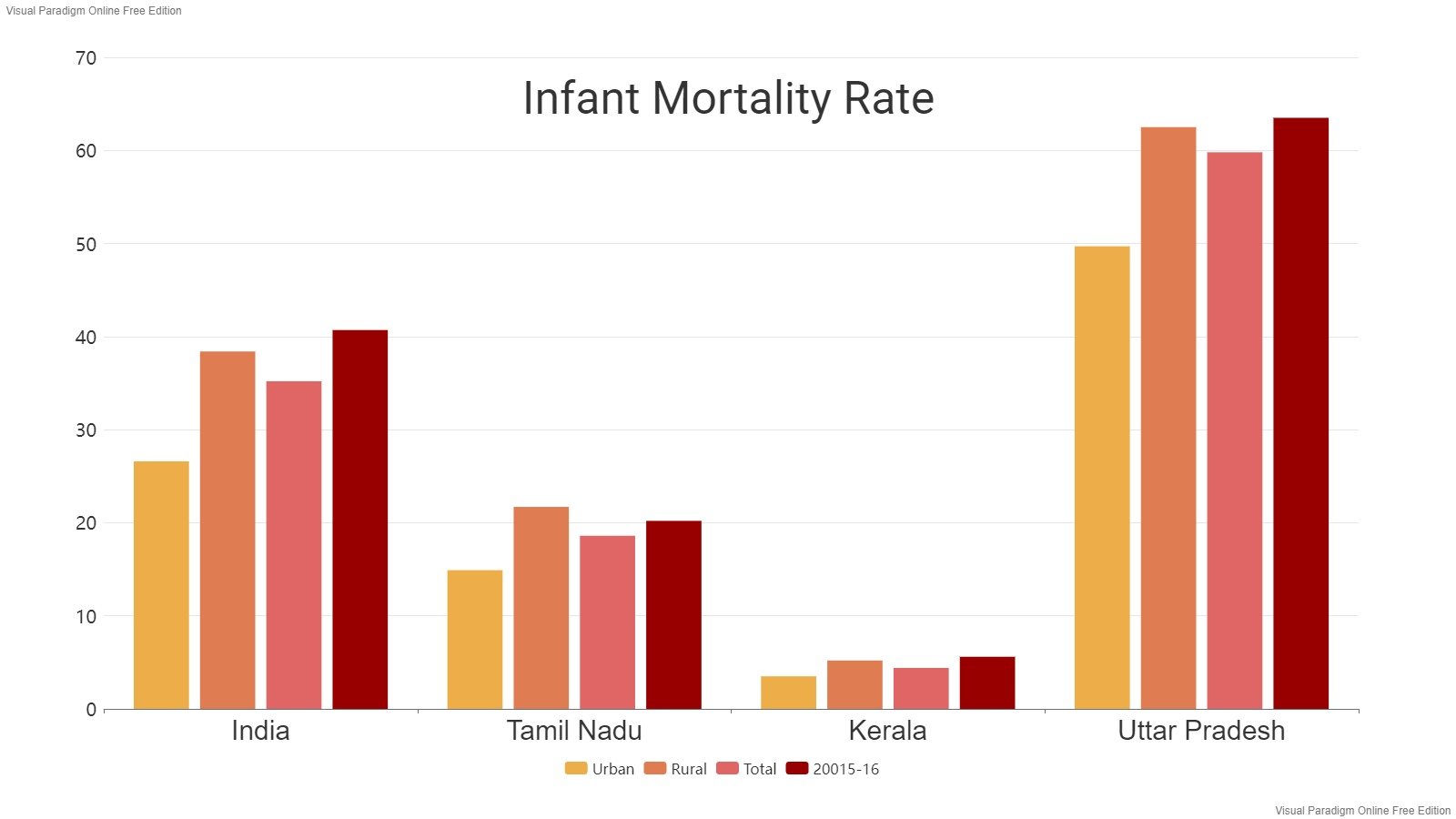Read in : தமிழ்
Railway track doubling may seem like a technical term but is critical to Tamil Nadu where roads have become the main carriers of people and goods. The main reason for vehicular overload is the lack of rail connectivity to the southern districts of the state. The complete doubling and electrification of the Chennai Egmore-Kanyakumari railway line of over 700 km is expected to be completed in less a year’s time by July 2023. The completion of the long-delayed connectivity project via Vilupuram, Trichy, Dindigul, Madurai, and Thirunelveli will be a boon for not just for travellers and tourists but also for business, agriculture and industrial units along the crucial coastal line.
With luck, the Nagerkoil-Thiruvananthapuram line will also be doubled and electrified by then ensuring improved connectivity through to the west coast.
It has been a long wait for the crucial connectivity to the vital coastline — first from conversion of the slow and narrow metre gauge tracks to broad gauge lines and then electrification of the route to the final step of the doubling of lines.
The completion of the long-delayed connectivity project via Vilupuram, Trichy, Dindigul, Madurai, and Thirunelveli will be a boon for not just for travellers and tourists but also for business, agriculture and industrial units along the crucial coastal line
The improved railway access will not only reduce travel time and costs with increased comfort and safety for the public but also drastically cut down greenhouse gas emissions and vehicular pollution.
The track doubling of other vital north-south corridors are also hanging fire such as the Arakonam-Chengalpet line, the Vilupuram-Cuddalore-Nagapattinam-Thanjavoor-Karaikudi – Maanamadurai line.
Also Read: Say goodbye to Pamban Rail Bridge, the 105-year-old engineering marvel is in its last days
With the conversion of the entire network into the faster and more efficient broad gauge system, the uni-gauge system can be leveraged to offer unprecedented connectivity at much lower costs. For instance, trains from western Tamil Nadu can reach Egmore via Chingalpet and trains from southern and eastern districts can reach Chennai Central Via Arakonam. This will lead to a considerable reduction in road traffic and congestion in Chennai and its suburbs.
To improve the utilisation of railway infrastructure, trains from southern districts via Dindigul and further south that now take the Trichy-Vridhachalam-Chennai route, can take the alternative Karur-Salem-Vridhachalam-Chengalpet-Arakonam- Chennai route or the Karur-Salem-Jolarpet-Chennai route.
Likewise trains from western districts of Tamil Nadu, Kerala, and western Karnataka can travel via Salem-Vridhachalam- Chengalpet -Tambaram and further north. Access of trains from southern and western districts to Cuddalore would also benefit the Union Territory of Puducherry.
If we double and electrify the Salem-Vridhachalam railway line there will be no need for the proposed land-guzzling, polluting 8-lane highway between Salem and Chennai.
It is hoped that with the improvement in tracks, safety in terms of replacing level crossings with road over/under bridges and fencing of the line to prevent cattle deaths will go hand-in-hand.
Read in : தமிழ்
